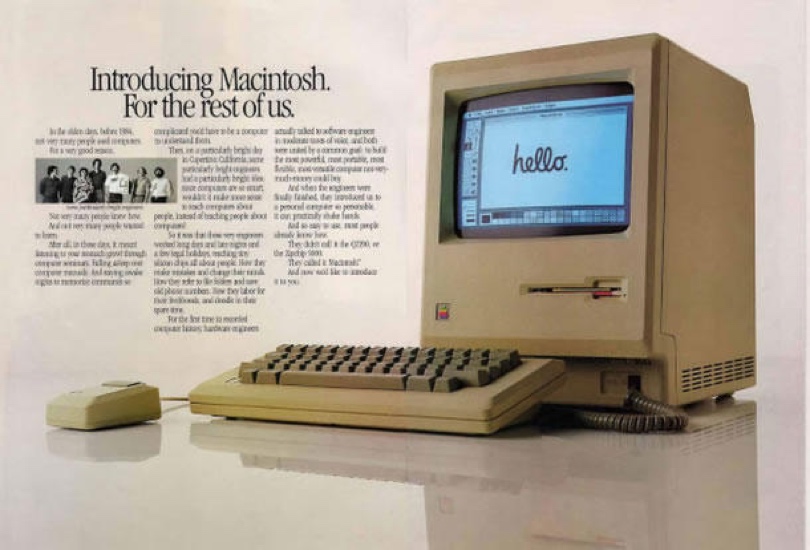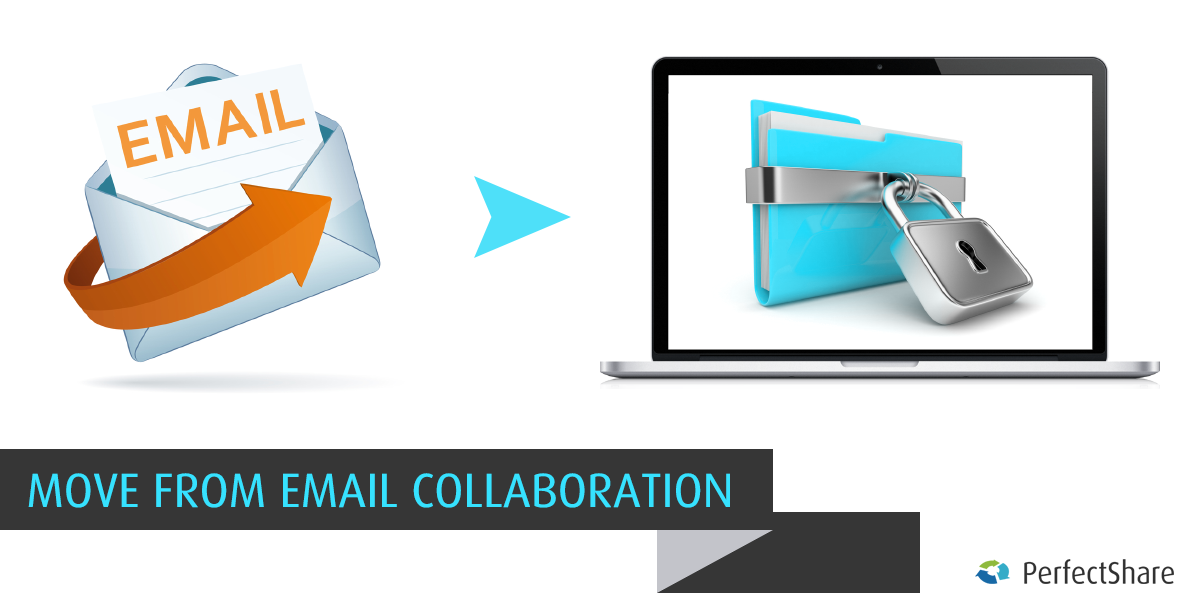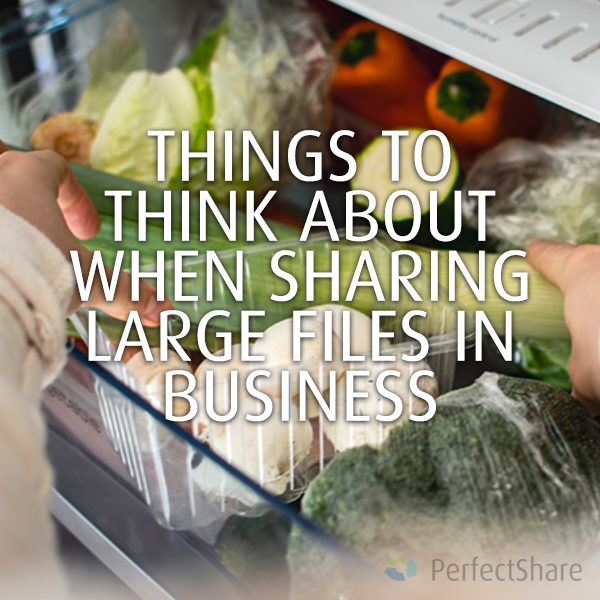2 pans, 3 pots and a baking sheet.
When my wife and I moved into our first apartment, that’s all we had. Primarily because that is all we needed.
After my daughter was born, not much changed. Our refrigerator got a little bigger. There were more dishes to wash. But, not more cooking pieces.
And then…
As the years went on, we hosted more events. Between the birthdays, the holidays and the other celebrations…well, we needed more. We needed more plates (thank goodness sakes for paper). We needed more utensils. And, we needed more pots, and pans, and cooking supplies.
And don’t even get me started on how awesome roasting trays are!
The point here is that we had to get larger and larger sizes and amounts of cooking supplies to compliment our lives. More people meant more food, and that meant more cooking.

Business data, like food, requires upgrades
As our family grew, my wife and I had to upgrade the tools we used for normal, daily activities. Just like us, your business likely will experience the same. When it comes to data, this comes in the form of large file handling.
Call it what you will, (large file sharing or large data storage), but this is a problem that your business just doesn’t need. Today, we are going to show you the solution.
Our example – technical math data files
In this example, we are going to use video editing files. Normally a video outputs at 5% – 10% of what the project files are. For longer films and video, the raw editable files can be hundreds of gigabytes of data. Full length movies, with a lot of effects and scenes, can flirt with terabytes (and more) of data.
This poses a large problem…
Since many browser-based uploading solutions do not handle these file sizes easily, how can your business operate if you need that kind of action? As well, other solutions (like email data collaboration) can create massive bloating and produce unreliable results in the end.
Before you decide on a file sharing platform for your business, think about these three things to position yourself in the best space. You will be able to not only handle large file sharing, but also big data storage and secure business file handling; without the risk.
1 – The platform to share files
The platform that you choose for your business files shouldn’t be decided by cost alone. While many solutions are decreasing in cost day by day, the value of good security and large file support are invaluable.
The primary factor in deciding on your business file platform is its security.
“Can anyone see these files publicly, instead of privately setting permissions?”
“Are my business files protected and safeguarded by passwords, encryption and other layers of security?”
“Can the platform show user activity and reporting to protect me if there is a security breach?”
These are only a few questions that most business operators have concerning file sharing and data storage needs. Security, when it comes to your business data and its lifespan, should be your primary focus.
But, we are talking about large file handling…
Indeed, we are.
So, let’s talk about large file sharing, and how this impacts you.
Web servers and browser, currently, operate with some constraints. These are slowly lifting as technology in our HTTP transactions starts to match our needs outside of the web.

Who would’ve thought 30 years ago that we could share a 10GB or a 25GB file in real-time? What business would’ve thought that the internet would be real to allow for that?
When the internet was a baby, and becoming more and more commercially used, we also had many constraints. Most browsers and scripting language were lucky to handle a gigabyte of data or two. This value remained unchanged for a really long time. Only recently did some browsers on some operating systems allow for a native 4GB upload. With HTML evolving, these boundaries will increase and could slowly fade.
Now, we are able to deliver 25GB uploads, 100GB uploads and even higher still. For consumers, this is cool. But, for business, this is vital.
2 – Business file sharing and storage
The business file sharing process occurs in five parts. If you have active employees and outside vendors, you might even need four steps.
- Upload files
- Store files
- Share files
- Target downloads files
- Send notifications for the uploads, sharing and downloading *
As you can see, sharing business files is simple – give it, share it, store it and grab it.
Maybe it seems simple to me, but any platform that shares business files should handle each of these steps. As well, they should perform them with activity tracking and provide security all along the way.
For large business files, this might be an issue for some providers.
Here’s the rub on uploading and storage
When you use a platform that is for large file support, your resources can blossom, bulge and explode overnight. Handling large file uploading is one thing, but handling large file storage is another.
Think about it this way…
At PerfectShare, our stats for large file handling accounts shows that the average account file size is about 5GB. What if you are uploading and sharing 10 files per week (for us, a little below the average)? This means you will likely have between 50GB and 100GB at any time in your account, revolving.
For our larger accounts, these sizes are bulkier. Some customers upload 10GB a day in data.
When you start looking at large file sharing, you need to look at the storage levels. Gigabytes can turn into terabytes of storage very fast. And, if you are in need of large file sharing and support, then this matters.
3 – Email file sharing mistakes
Large file sharing in email does not work. Period.

And, here is why…
When you use email to share large files, you are actually using the email inbox as a storage facility. This causes multiple issues that might not be evident immediately.
Why shouldn’t you use email data sharing? And when is emailing viable?
4 truths when considering email file collaboration
First, an email inbox, no matter your precautions, is insecure. The storage and transit, even using something like PGP, still is problematic. The storage, unless the email is fully encrypted, leaves your data at risk. And what is worse, if your user sends a fully encrypted email, but keeps the data on their terminal, someone can still get to it.
Next, there is no true, real-time activity tracking and auditing support. If you believe a malicious act has been taken by an employee or outside vendor, you have loose information on it. After all, after the user receives the email, they can forward it, CC or otherwise to anyone they choose. And, you never know who has read the data or not. This leads us to…
With email data sharing, there is no method of knowing who did what and when. In business data sharing SaaS solutions, you can receive notifications of people receiving data, downloading, uploading, and so on. But with email, you don’t receive anything. There is no activity tracking, no auditing methods and no reporting features on user actions with something as simple as reading the files.
Finally, email file sharing is tough for some email servers to handle. When it comes to our escalating data size needs, email servers work. But some do not like, nor even understand, multiple gigabytes of file attachments.
When email collaboration works is in simple notifications. Knowing when a file is available on a system, and what that file is, makes sense. However, sharing the actual business files just doesn’t work. It doesn’t hold compliance standards, and would likely break many of your own business rules.
What have we learned about how your business can support large file sharing?
First, we looked at how the internet has evolved for large data. As well, the tools we use to communicate need to help us facilitate our business needs as well.
We looked at the issues of sharing large business files. There are also questions to ask of your large file storage platforms.
Finally, we examined the issues of email data sharing. Not only is it not secure in multiple forms, but some of the prime compliance standards (namely reporting and auditing needs), are not adhered to. Emails are, however, great for sending notifications and updates – but not large files.
If you would like to experience PerfectShare for your business’s large file sharing in action, signup for an account below. You can try it on us! If you like it, stick around and we’ll help you to integrate it into your normal, daily business processes. If you don’t agree that we can handle your large data sharing needs, you’re free to cancel at any time.

